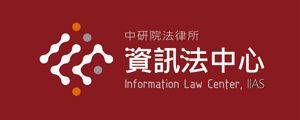![]() 陳舜伶
陳舜伶![]() 2016年10月01日
2016年10月01日
Since the early 2000s, many copyright reformers have agreed that sampling deserves more room in the copyright system, in order to encourage new forms of music and empower the historically marginalized people. This article is in general agreement with these scholars and reformers, and offers another approach by calling for an understanding for sampling as a secondary orality practice – orality mediated by technologies that allow one to store, retrieve and distribute sound (following cultural theorists Tricia Rose and Walter Ong). Copyright law, as a product of the chirographic/typographic society, used to protect only “writings of an author.” Although copyright law now uses the abstract term “original works” to include a variety of activities and their expressive results, its interpretation can be affected by judges’ pre-occupied perceptions of cultural productions that are more closely associated with the technology of writing. The technological bias against non-literal forms of expressions in copyright earlier prevented the courts from understanding sound recording copyright and later from making room for sampling as a secondary orality practice.
文章連結
Sampling As a Secondary Orality Practice and Copyright’s Technological Biases
